
Black hole mergers have long fascinated scientists, as these cosmic events offer a glimpse into the mysteries of the universe. Recent discoveries have revealed unprecedented details about these massive occurrences, challenging existing theories and opening new avenues for research. These revelations hold the potential to transform our understanding of the cosmos in profound ways.
The Phenomenon of Black Hole Mergers
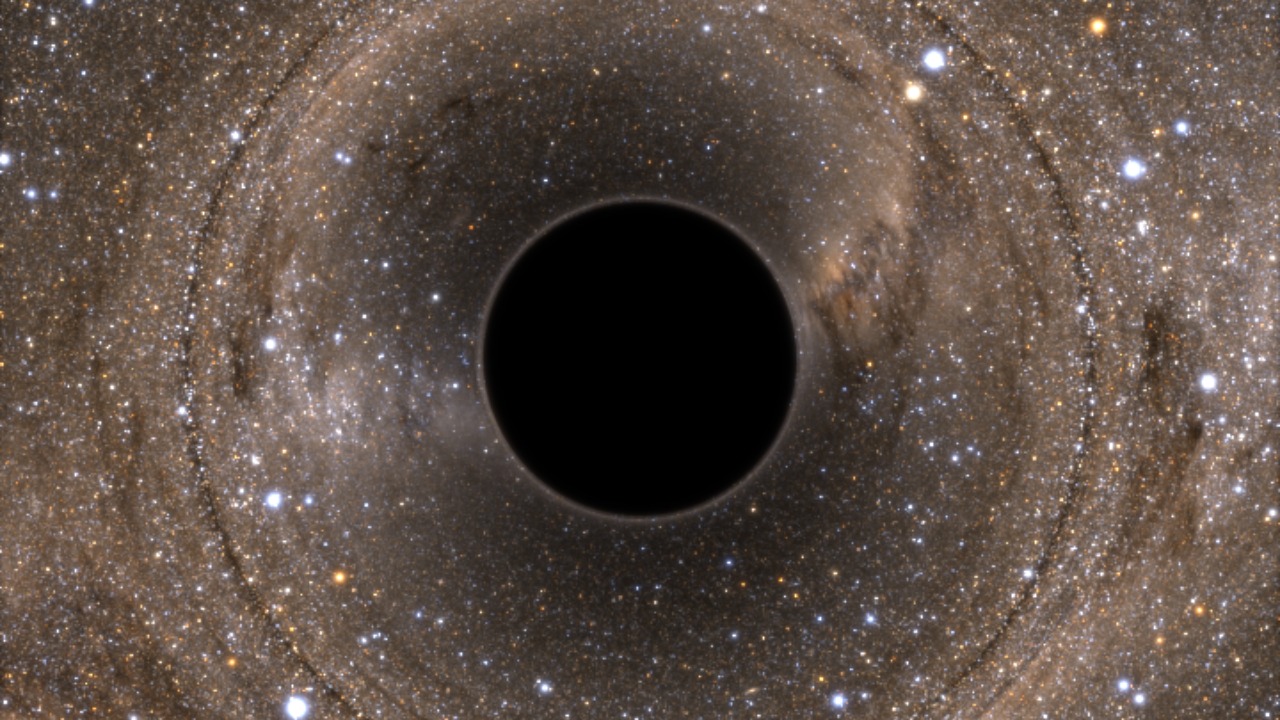
Black hole mergers occur when two black holes, drawn together by their immense gravitational pull, collide and combine into a single, more massive black hole. This cataclysmic event releases massive amounts of energy, predominantly in the form of gravitational waves. As these waves ripple through the fabric of space-time, they carry vital information about the masses, spins, and velocities of the black holes involved. The detection and study of these waves enable scientists to explore phenomena that are otherwise invisible to traditional astronomical techniques.
In recent years, the detection of gravitational waves from black hole mergers has become increasingly common, thanks to advancements in observatories like LIGO and Virgo. These findings have been nothing short of groundbreaking. Notably, a recent discovery revealed the most massive black hole merger ever observed, a finding that has shattered previous records and posed new questions about the formation and evolution of such colossal entities.
Gravitational Waves: The Cosmic Messengers
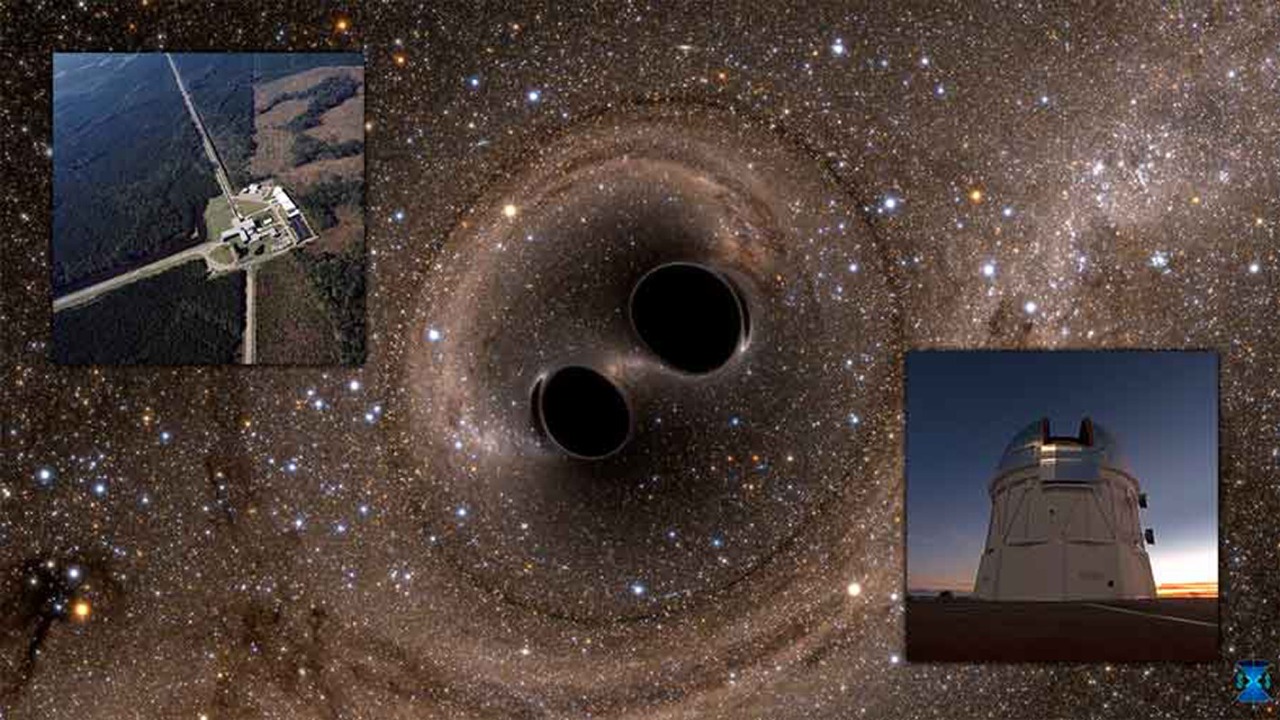
Gravitational waves are ripples in space-time caused by some of the most violent and energetic processes in the universe. These waves are pivotal for studying black hole mergers, as they offer a direct means of observing these events. Utilizing laser interferometry, instruments like LIGO and Virgo can detect the minute disturbances caused by passing gravitational waves, even though these distortions are smaller than a proton’s diameter.
Recent detections of gravitational waves have provided crucial insights into the universe’s workings. For instance, discoveries have revealed black holes with unexpected masses and spins, challenging previous assumptions about their formation. These observations suggest that our current understanding of black hole populations might be incomplete, prompting a reevaluation of astrophysical models.
The Challenges to Existing Astrophysical Models
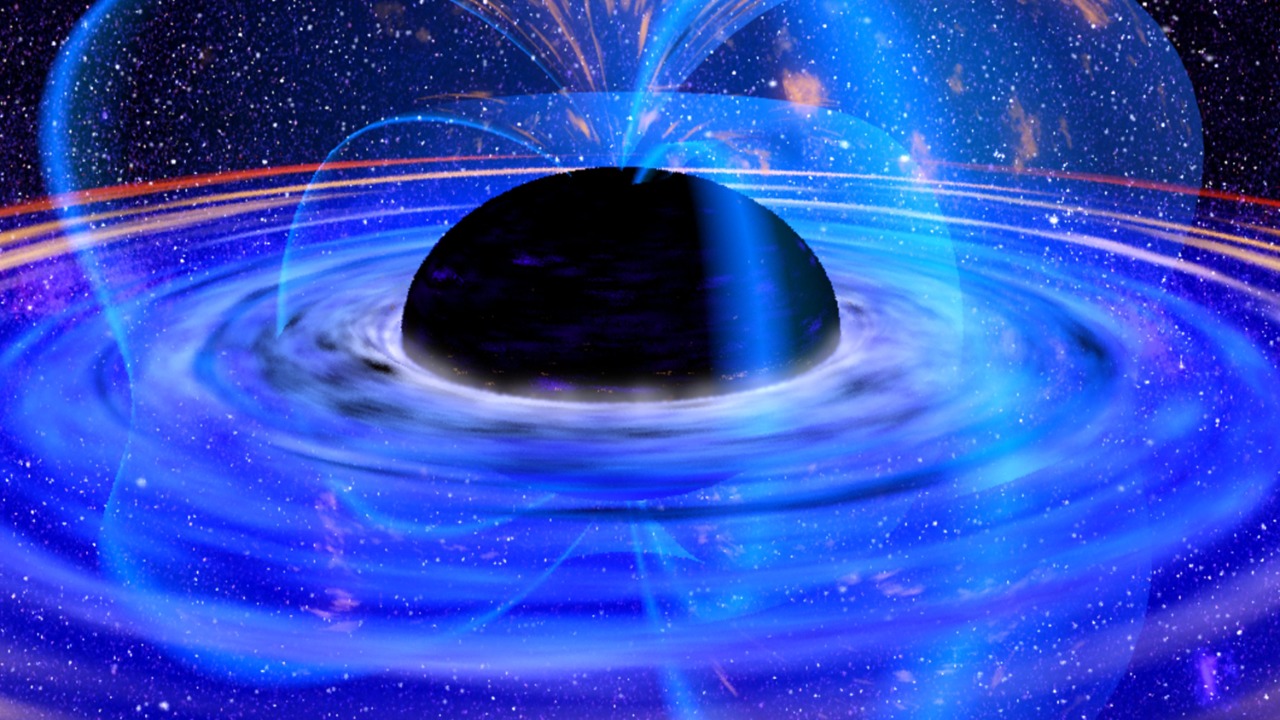
The new observations of black hole mergers have cast doubt on existing astrophysical theories, particularly those concerning the mass and spin distributions of black holes. The recent detection of the most massive black hole merger ever recorded, for example, was unexpected based on previous theoretical models. Such massive black holes were presumed to be rare, yet their increasing detection suggests that there may be more to learn about the environments in which they form.
As these observations continue to challenge established theories, scientists are compelled to reconsider the processes that lead to black hole formation and growth. This could mean revising models that describe how stars evolve and die, particularly in dense stellar environments where these black holes are likely to form. The implications of these discoveries could extend far beyond black hole science, potentially affecting our understanding of star formation and galaxy evolution.
Implications for the Future of Astrophysics
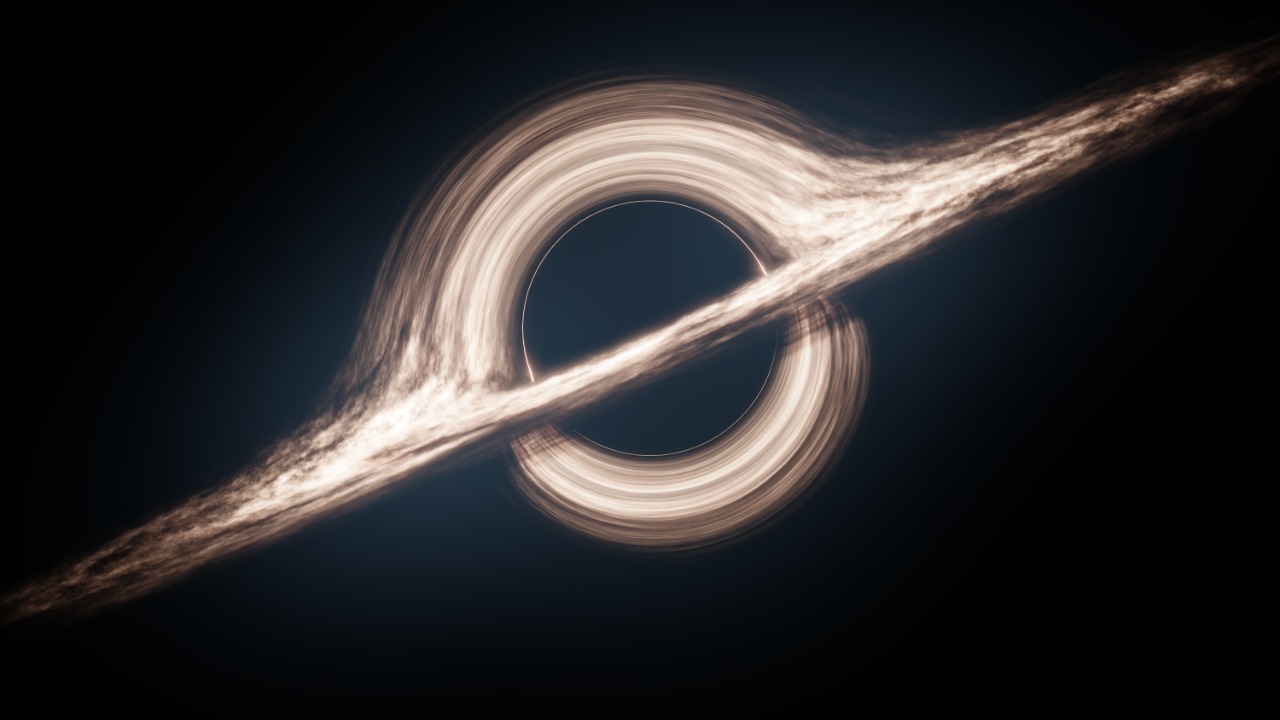
The implications of these discoveries for astrophysics are profound. They highlight the necessity for developing new technologies that can further probe the nature of black hole mergers. Future observatories, such as the planned LISA mission, aim to detect gravitational waves at different frequencies, providing complementary data that could unravel even more details about these enigmatic events.
Moreover, by enhancing our understanding of black hole mergers, these findings could significantly impact our broader perception of the universe. They offer insights into the extreme environments where these events occur, potentially shedding light on the cosmic web—a vast network of matter that constitutes the universe’s large-scale structure. As researchers continue to refine their models based on new data, the future of black hole studies looks promising, with numerous open questions and research directions to explore.
The Broader Universe: Changing Perspectives
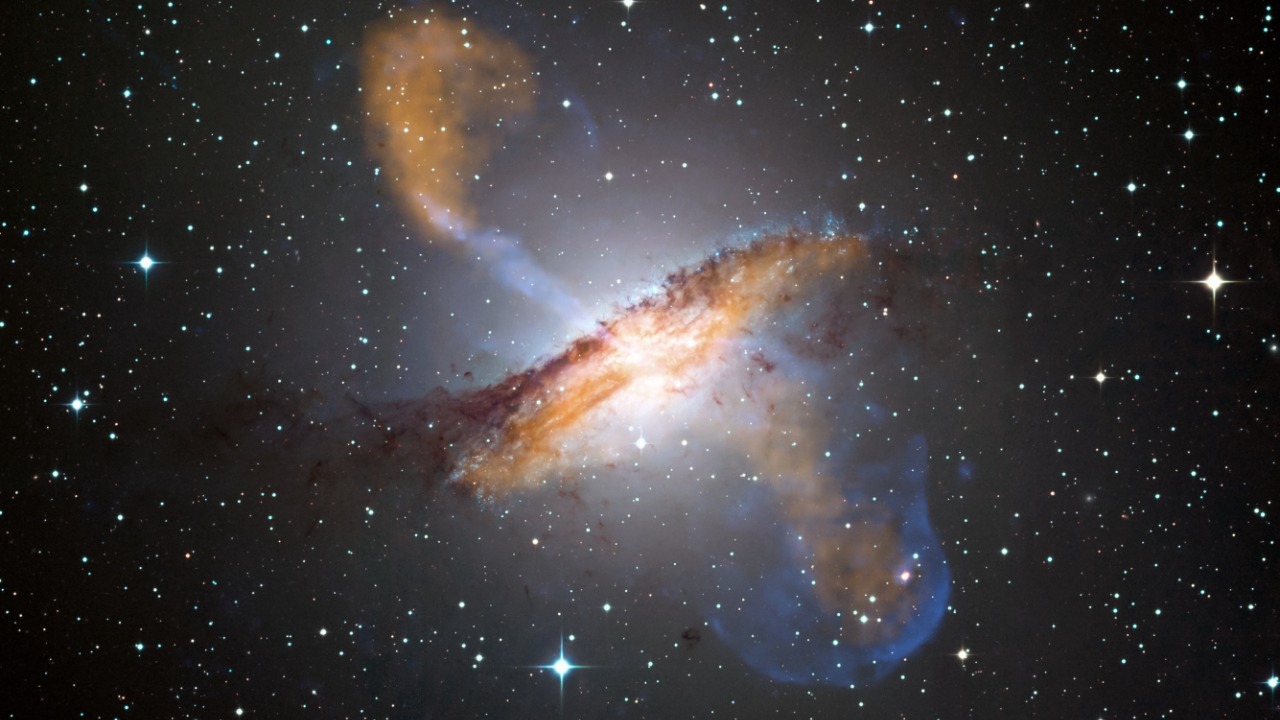
These groundbreaking findings have already begun to shift our perspectives on the universe’s structure and evolution. The realization that massive black holes may be more common than previously thought has important implications for understanding the distribution of matter in the universe. It also raises questions about the role of black holes in galaxy formation and the evolution of the cosmos over billions of years.
International collaborations have been instrumental in advancing black hole research. The global scientific community’s efforts have brought together experts, resources, and data from around the world, resulting in a deeper understanding of these cosmic phenomena. Continued support and funding for astrophysical research initiatives are essential to maintain this momentum and ensure that we can continue to unlock the secrets of the universe. As we look to the future, the potential for discovery seems boundless, with every new finding offering another piece of the cosmic puzzle.